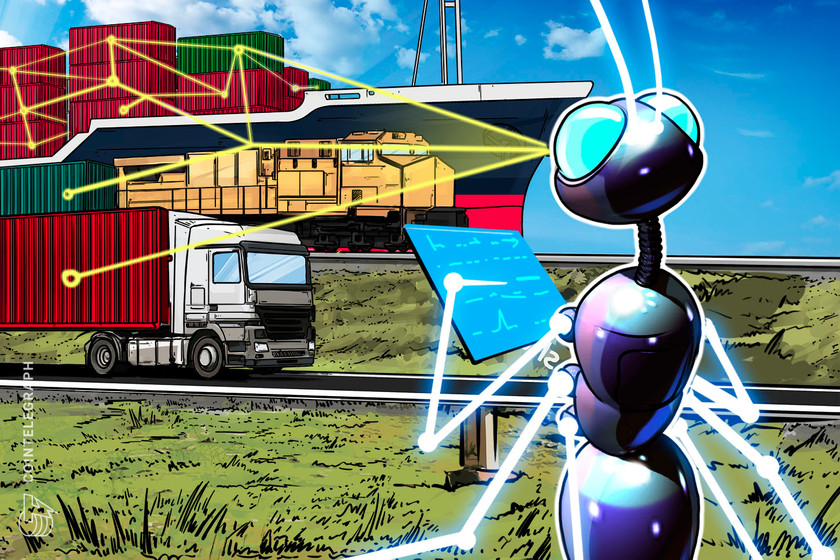
The institute said it adopted a lightweight and efficient blockchain not intended to be computationally wasteful, where trading can be facilitated at little to no cost.
An Abu Dhabi government-affiliated research center has announced the launch of a new blockchain-powered carbon tracking and trading platform, amid efforts from the United Arab Emirates government to lower emissions toward net zero.
The new blockchain was unveiled at the latest the United Nations Climate Change Conference (COP28) on Dec. 5, which will enable the international trade of carbon tokens linked to investments in green projects, such as forestation and carbon capture.
The platform was built by Technology Innovation Institute’s (TII) Cryptographic Research Center, according to a Dec. 5 statement by the TII. The blockchain can track carbon emissions by registering the emissions from any worldwide public or private organization, the TII noted.










